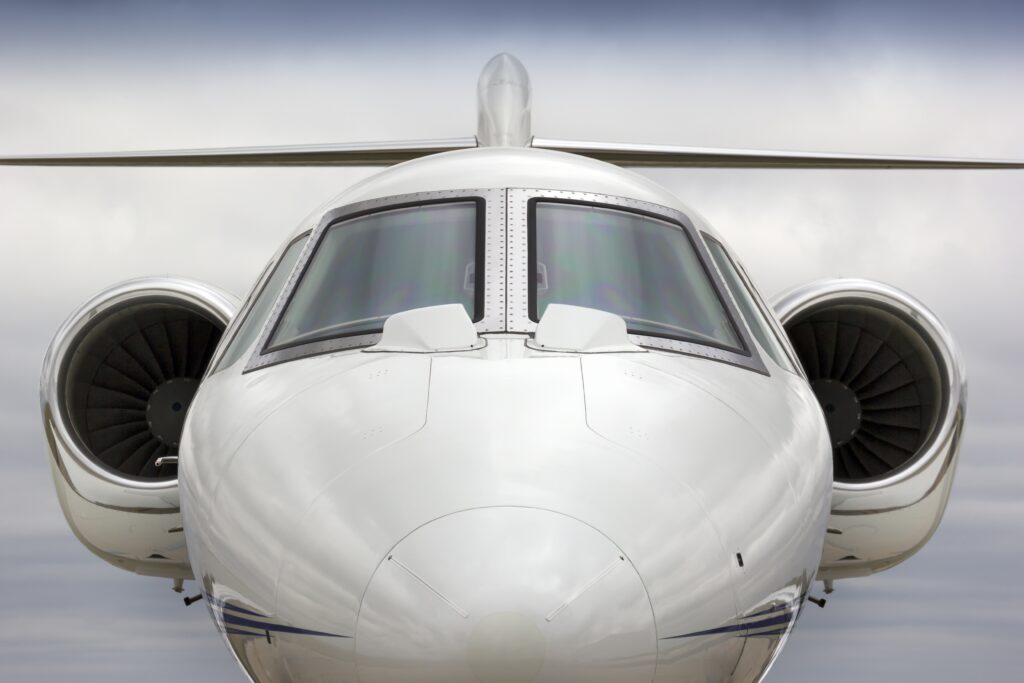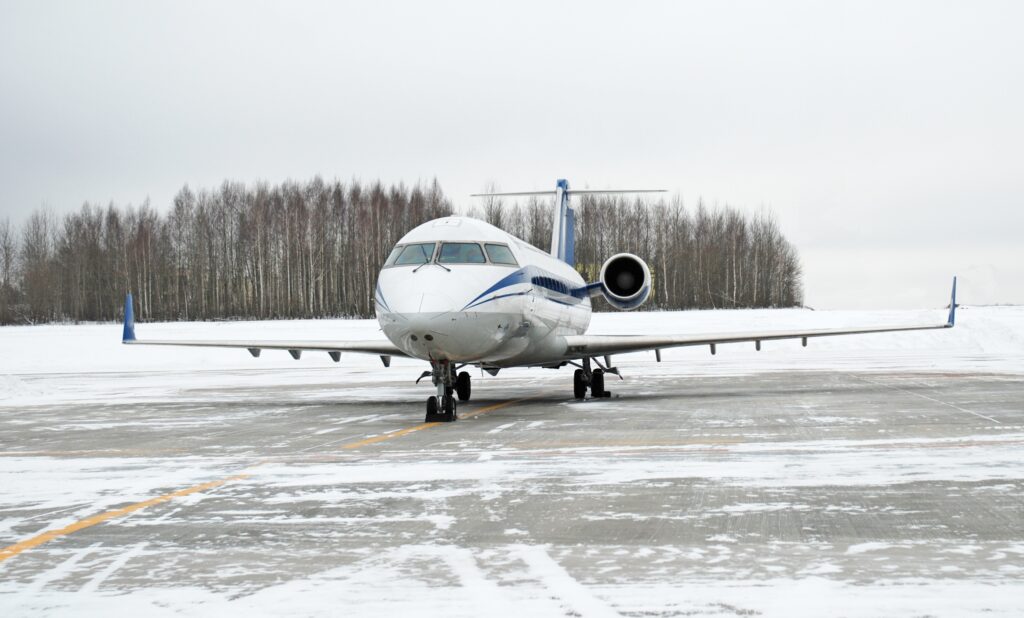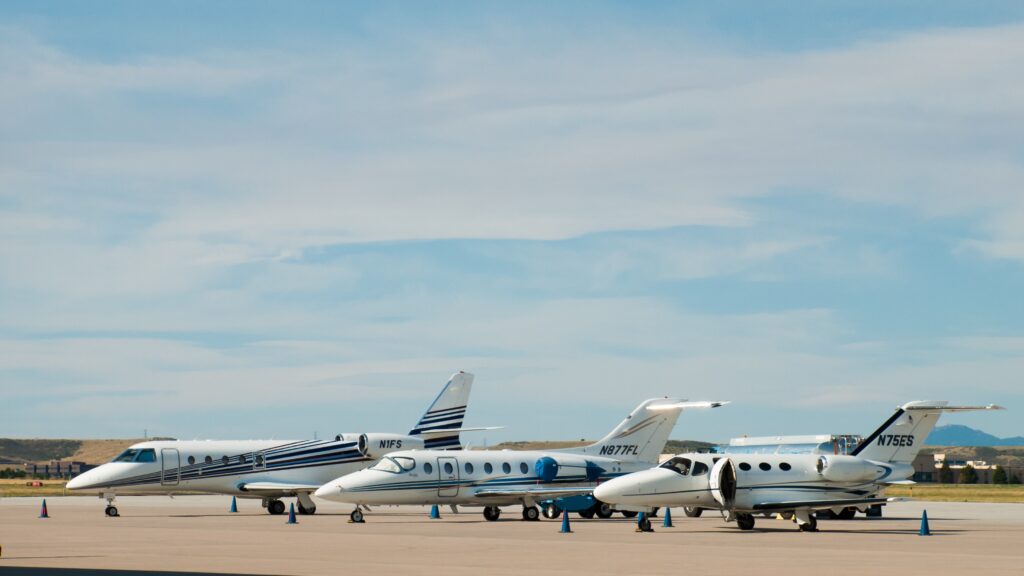Letting others use your airplane isn’t as simple as tossing them the keys. There are tax and federal regulations. It’s important to know the rules, protect yourself from liability, and conduct safe and legal operations.
If your plane operates on a Part 91 basis, you can’t loan out your plane and accept payment for it. Under Part 135 operations, you can carry passengers for hire, and there is an entirely separate set of maintenance, crew, and operating regulations. We’ve summed up the differences below, but if you are looking to take a deeper dive, download our Aircraft Ownership eBook.
Part 91
An area in which people commonly make mistakes is in Part 91 operations. A Part 91 operator is only allowed to provide a jet for non-commercial purposes defined and regulated by the US Federal Aviation Administration. Generally speaking, under Part 91, you don’t loan your plane for payment. These operators are also insured under a more limited set of regulations.
One option for letting others use our plane is to carry passengers without having them pay for anything. You are able to donate flights to a non-profit, so long as they originate and end at the same airport and are less than 25nm apart. Another exception would be demo flights or a test flight if someone is looking to purchase your aircraft. If you’re operating a Part 91 aircraft, most attorneys will advise a dry lease option which involves renting your aircraft to a third party, who pays for the fuel and pilots for the trip.
Part 135
The safest thing to do if you intend to let others use your aircraft is to adhere to the Part 135 federal regulations. Part 135 regulations are much more detailed with a more rigid legal framework. Under Part 135, an operator provides commercial, non-scheduled aircraft operations like private air charter.
Even though Part 135 is more highly regulated, there are benefits. You are able to be compensated for the use of your plane. In addition, there are often federal tax benefits. There is also a decrease in liability on the owner’s part, as the certificate holder is responsible for safe operation of the aircraft.
If you’re a company with a private aircraft in the United States, you can provide use of your aircraft as a benefit to your employees. However, the Federal Aviation Regulations prohibit the reimbursement of personal transportation on a corporate aircraft. So, that use should be included in their gross annual income, and the Treasury Department gives a formula you can use to calculate their fair market value of those flights.
As you can see, letting someone borrow your aircraft isn’t a simple thing. If you intend to lend out your aircraft, be sure to plan appropriately for both the legal and the tax liabilities. For more information about letting others use your aircraft and other information about private aircraft ownership, check out our Aircraft Ownership eBook developed by our team of experts.





